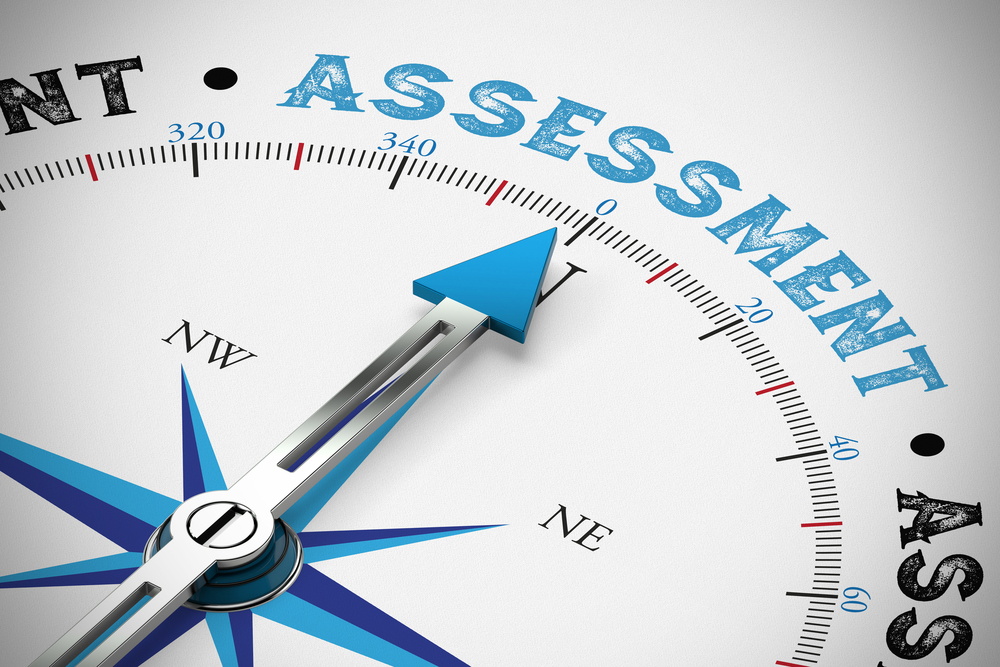A Pressure Injury (PI) assessment is a written record or picture of the status and progress that the PI is making. Assessments should include a record of your initial assessment, ongoing assessments and any pertinent changes to the wound bed. Documentation of the stage of the pressure injury is also an important component of care. What does the surrounding tissue look like, is undermining present, what treatment interventions should we use are some of the questions to include in an assessment. The initial assessment serves as the baseline for future comparisons, with ongoing assessments occurring at least weekly and when significant changes occur throughout the healing process. A complete wound or PI assessment should be the driving element in all treatment decisions. The following acronym addresses the Principles of Care and should be included in all PI assessments.
Principles of wound care. See MEASURES Acronym
| Minimize trauma to wound bed |
| Eliminate dead space (tunnels, tracts, undermining) |
| Assess and manage the amount of exudates |
| Support the body’s tissue defense system, |
| Use nontoxic wound cleansers |
| Remove infection, debris, and necrotic tissue |
| Environment maintenance; thermal insulation and provide moist wound healing |
| Surrounding tissue, protect from injury and bacterial invasion |
© Sharon Baranoski 2003


















